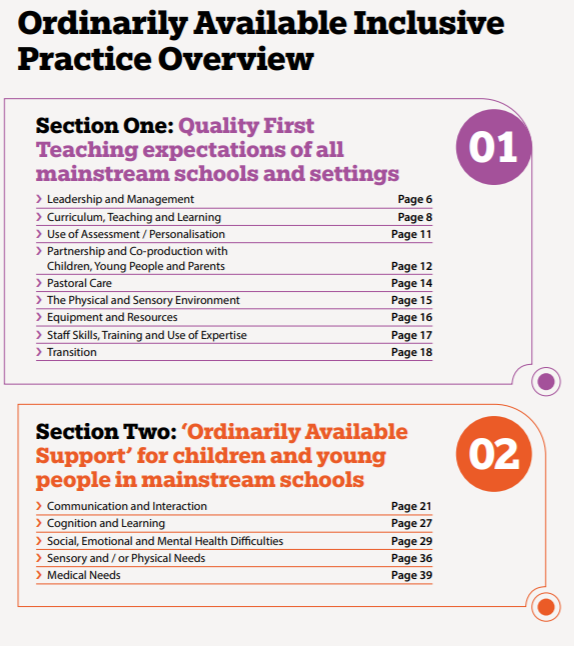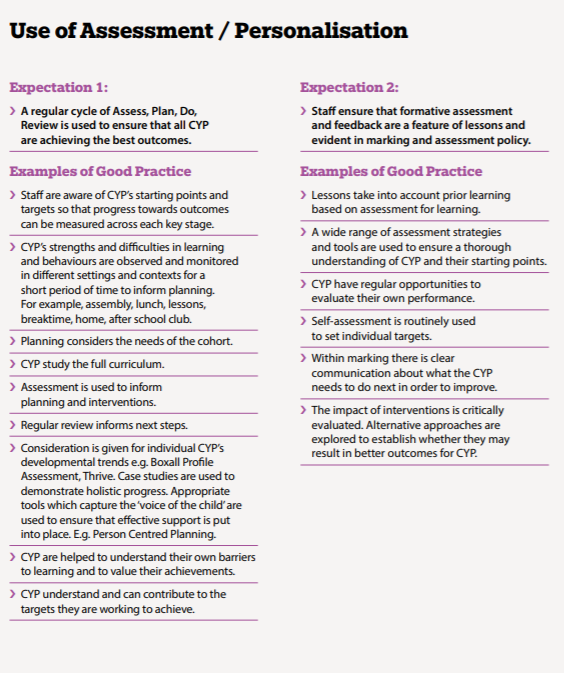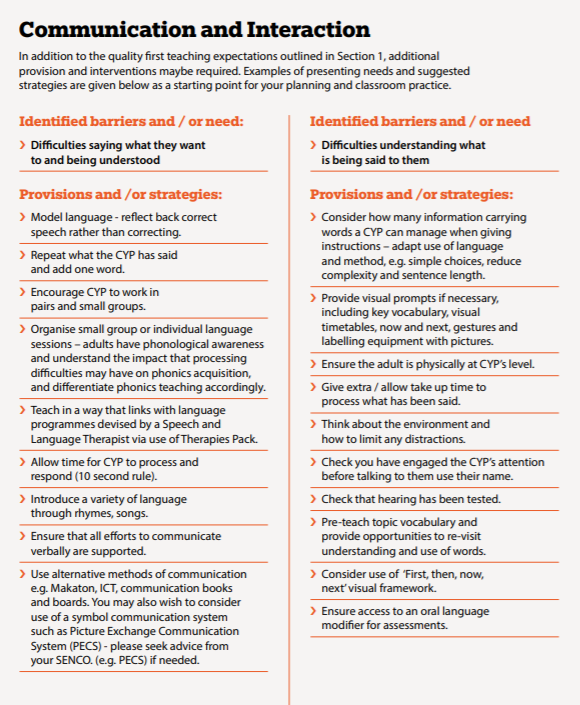What on earth is ‘ordinarily available provision’? What does it actually mean?
The term ‘ordinarily available provision’ comes from the SEN Code of Practice and refers to the support that mainstream schools or settings should be able to provide for a child or young person through their agreed funding and resource arrangements.
To help schools and settings to understand the types of everyday support and adaptations that can be made as part of normal teaching practice or through this ‘ordinarily available provision’ an ‘Ordinarily Available Inclusive Practice’ guide has been produced.

Our West Sussex ‘Ordinarily Available Inclusive Practice’, or ‘OAIP’ guide is a key document for all mainstream teachers and has been co-developed with schools, education settings, parent carer and partners as part of the SEND and Inclusion strategy.
The guide is organised into two main sections.

Section 1 describes examples of ‘reasonable adjustments’ that can be made through ‘quality first teaching’. For example:

Section 2 provides examples of more tailored approaches that can be made to meet the individual needs of children or young person. They can be put into place without the school needing to request an Education, Health and Care Plan. Section 2 has been organised into the four areas of the SEN Code of Practice. For example:

For further information and to download your own free copy, please check out our ‘Ordinarily Available Inclusive Practice‘ guide on our Tools for schools website.
During the academic year 2020/2021 our OAIP will be piloted with West Sussex schools and settings – please do get involved and let us know what you think by emailing us at [email protected]
The current version of our OAIP has been co-designed with 5 – 16 year old children and young people in mind. As part of the pilot we will be considering if we need to change the document to make more relevant to pre-school and post 16 education settings. If you have any thoughts on this or would like to share your views on the OAIP we would love to hear from you.
 Tools for Schools
Tools for Schools